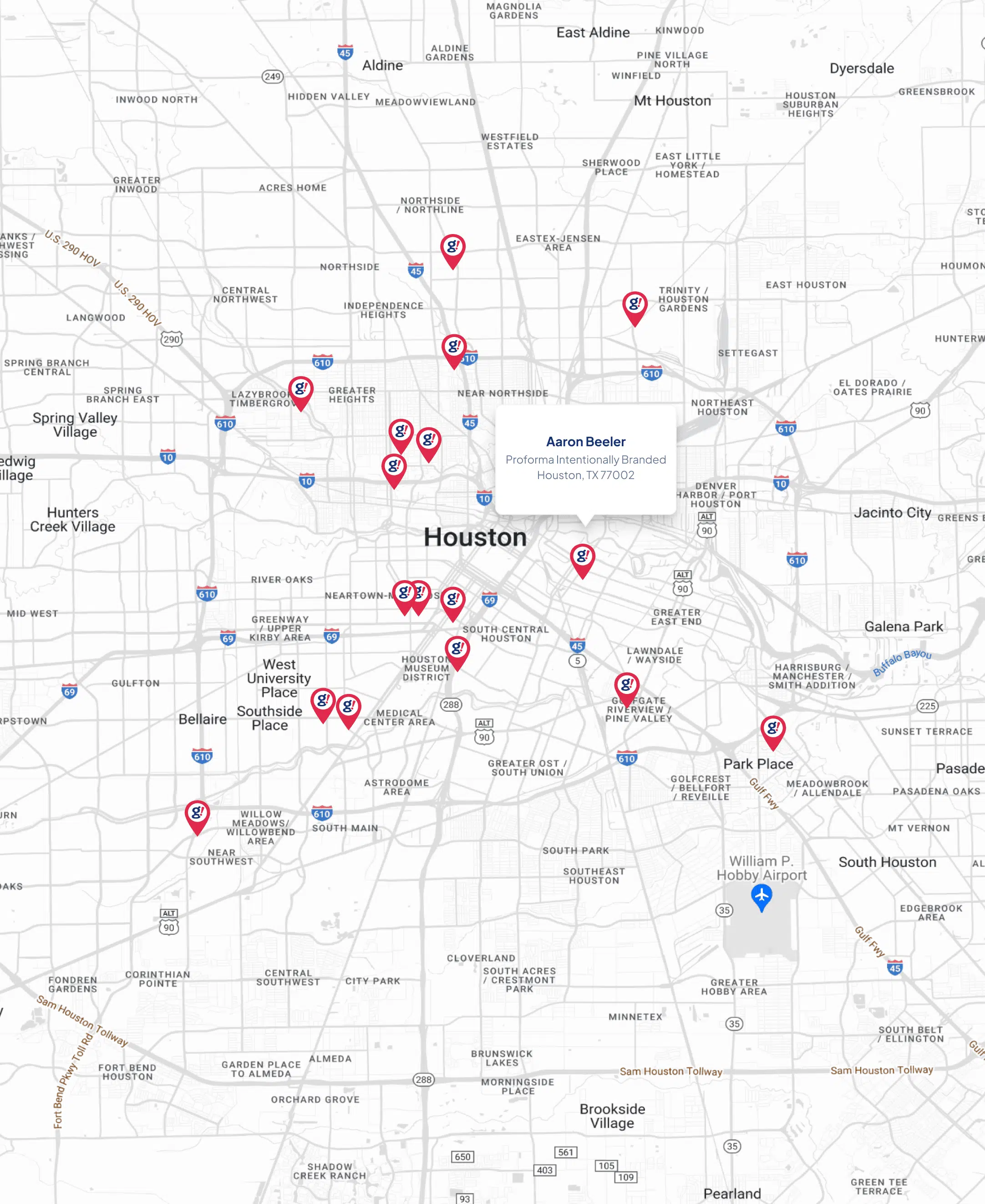The What, Why, and How of Social Media Data
- Updated on: 2021-03-30
- Read original article here

From conferences to a Google Adwords campaigns, every marketing activity is measurable and quantifiable today. Yet, when it comes to social media, the majority of marketing leaders – namely, CMO’s – still struggle to evaluate the channel’s effectiveness in terms of ROI. How much revenue has been generated from the LinkedIn posts you sent out last month? Have any of your Tweets brought in new customers?
With social media being a key part of your marketing mix,CMO’s must be able to quantify how this channel is driving broader organizational goals, so they can confidently answer the above questions. While this may seem like a challenge, it’s certainly not impossible. At the end of the day, social media, like any marketing channel or discipline, can be proved for ROI – the question is, where to begin?
Besides having the right set of tools and KPI’s, you need to understand the basics first – what is social media data, why and how to use it, and where to collect it?
Social media data (or social data for short) refers to all of the raw insights and information collected from individuals social media activity – e.g. your prospects and customers. Social media data tracks how individuals engage with your content or channels like LinkedIn, Facebook, and Twitter. It gathers numbers, percentages, and statistics from which you can infer the performance of your social media strategy.
It’s best to view social media as a source of raw data, which includes (and is not limited to) the following metrics:
If social media data are your raw ingredients, then the social media analytics are your recipes. With these analytics, you can answer some important questions about the success of your social media activities, such as:
By answering these questions, you’re essentially acquiring insights or ‘social media intelligence’ to inform your future decisions and actions. At this stage, the raw ingredients (or social data) have been cooked into a ready-to-eat meal. And as with any meal that you cook; if you want it to taste good, you need to use high-quality ingredients, not simple ones.
Similarly, focusing on simple raw data points such as likes, shares, and mentions ultimately makes for a very tasteless meal or meaningless insight. These so-called “vanity metrics” may look good on paper but they won’t help you attribute social media to revenue results.
The only way to align social media marketing activities with business outcomes – and be able to proudly say “LinkedIn has brought us XXX amount of customers” – is by tracking lead conversions. This will give you a full picture of your entire buyer journey, from the moment a lead clicked a post to the point at which they converted and eventually became a customer. Without these raw data points, you wouldn’t know how to make your next move or where to invest your resources.
Before you keep on reading, let’s make one thing clear: social media data shouldn’t live in a silo.
Whether you’re using Google Analytics, Facebook Insights or even your very own social media management platform, the most important thing about collecting social media data is being able to leverage it across channels, campaigns, and platforms.
Social data should transcend the borders of existing tools so that it can benefit other departments in your organization including sales and customer support. To get started, here are some examples of how you can use social media data to improve your current capabilities.
In the digital age, there is no such thing as ‘one-size-fits-all’ – every individual deserves (and expects) a custom-fit experience. To illustrate this point, imagine an email promoting a new eBook. The nature of the email – including its tone, phrasing, and content – will differ sharply among recipients. An email written for C-Level executive will be more professional than an email written for a junior-level employee.
This is why audience segmentation is more relevant today than ever before. Most marketing automation platforms (like Marketo, Eloqua, and Pardot) will allow you to place your audiences into different “buckets” using basic parameters like geography, language preference, and business unit, where each audience member receives content relevant to their segment. So someone living in the US will receive different content to someone living in Europe.
To take it a step further, you can use social data to segment audiences based on their social media behavior, such as the content topics or social networks that they’re most engaging with. For example, if audiences are frequently clicking on posts about Subject A, you can strategically place them in a bucket where they will be served more content on Subject A.
Many B2B companies embrace marketing automation to manage leads, nurture them with content, and deliver more sales revenue. In order to launch a program or campaign in marketing automation, you must rely on three major data sources – namely, your website visits, email opens and clicks, as well data synced with your CRM platform.
One valuable data source that’s currently missing in marketing automation is, you guessed it, social media data. Social media represents a whole realm of behavioral insights that could otherwise give you a 360º view of your lead journeys.
By feeding social media data into your marketing automation platform you can:
Social media data shouldn’t be limited to B2B marketers. Sales teams can also advantage from having access to it. By integrating social media data with Marketo and Salesforce, your salespeople can use these insights to craft highly personalized conversations with prospects.
For example, if prospect A is constantly clicking on the company’s LinkedIn posts, the sales rep can take advantage of this moment to reach the prospect via Facebook Messenger, LinkedIn InMails, or even Twitter Direct Message to have a more one-to-one conversation.
A content experience is an environment in which your content lives; it’s where your audience goes to read, watch, or listen to your content. The more you understand your audience, the better you can tailor the right content experience.
Luckily, social media data sheds light on the needs, interests, and pain points of every individual who interacts with your content and profile. Using these behavioral insights, you can build a content experience that’s customized to every prospect and customer.
For example, you can use social data to personalize the content experience based on content topic. So, if Katie is constantly clicking and converting from content on Topic A, you can keep her engaged by making similar visible to her.
Social media data is more than likes and shares. It provides B2B marketers deeper insight into who your audiences are and how they engage with your company. As been mentioned so far, collecting social media data is essential to making confident business decisions and improving the processes of other departments.
Oktopost’s advanced social media analytics gives you raw data and statistical insights to understand the success of every post, campaign, and network. Beyond the measures of likes, shares, and impressions, Oktopost enables you to track clicks and leads from social media activities, enabling you to identify which channels and messaging drive revenue for your business.
By collecting social media data with Oktopost, you’re not only able to tie social media to ROI, you can also integrate this data with your entire marketing ecosystem – including your marketing automation, CRM, and BI platforms. These powerful integrations allow you to connect the dots of your buyer journey so you can deliver a more engaging experience across every channel and department.



